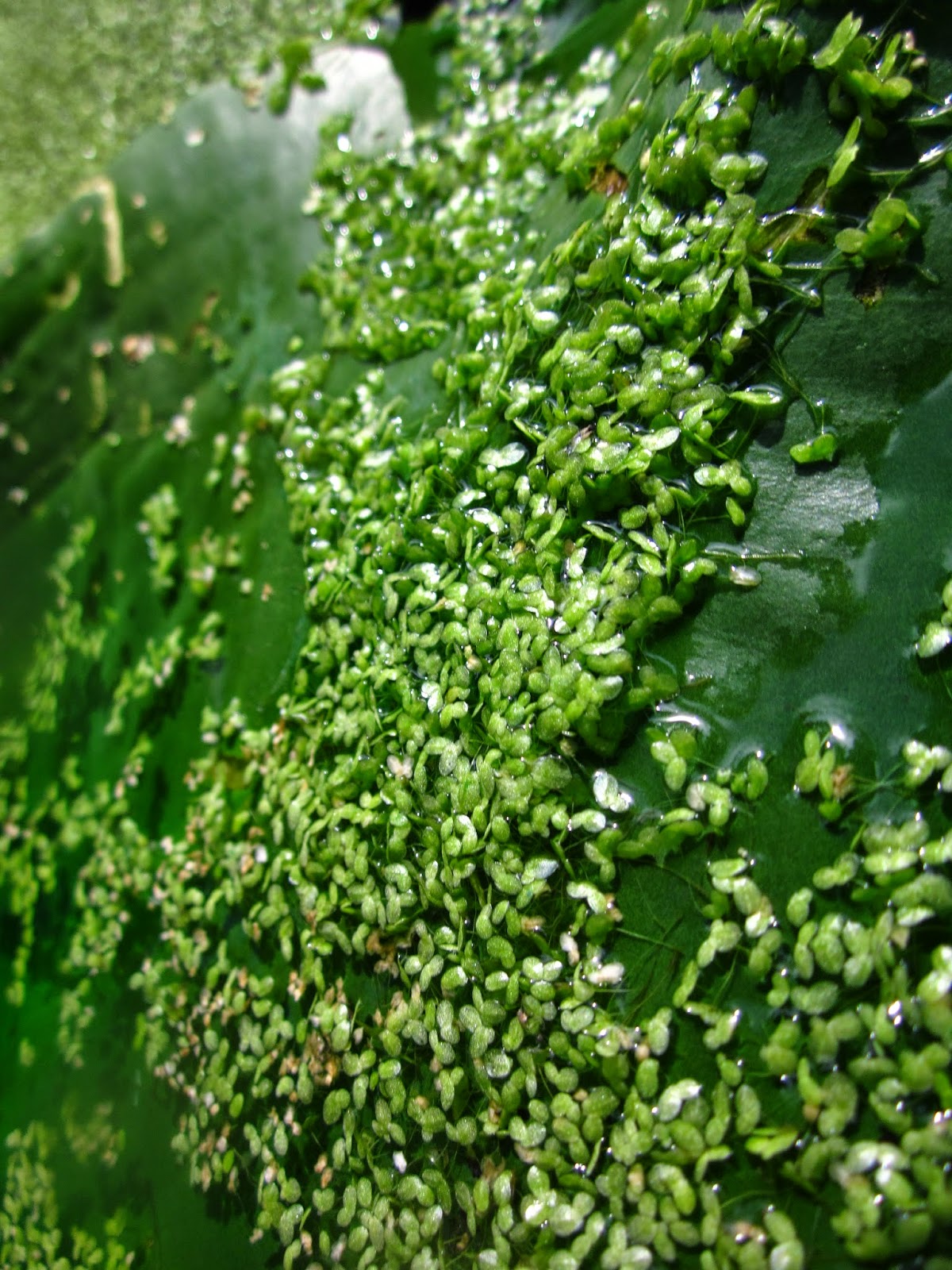 |
| The Royal Palace at Kew, where royalty, including King George III would spend family time. |
This week was as exciting, new, and varied as the first, but this post won't be nearly as long as last week's post.
Secluded Garden
 |
| The slate fountain in the Secluded Garden makes a really lovely sound, but it gets really gross with algae |
Shelley asked me to clean algae out of the slate fountain towards the end of the morning. Martin told me to use a garden rake to scoop the algae out, "It's like scooping spaghetti out of a pot." It really was. I think it will be a while before I can eat spaghetti again though. There was a bit of algae growing on the fountain as well, so I had to pick it out. It's difficult because the algae gets into the grooves between the pieces of slate, but I think I got nearly all of it.
Order Beds
Mondays mean edging in Kew's order beds. The whole team and two volunteers got together to edge all of the order beds and the pillars in the rose pergola. I think I'm starting to get the hang of edging. My cuts were much cleaner, and I got done a bit quicker than last week. We finished around afternoon tea, then spent the rest of the day weeding and deadheading.
 |
| I think Daisy made this really nice border fence. The fences are made of Hammamelis branches, and hold floppy plants out of the mown paths. |
Essentially, we were given a bundle of Hammamelis branches, and we bent them into small or large structures to support leaning plants in an attractive way. Although I really enjoyed this task, I'm not very good at it yet. I needed a lot of guidance from Chrissy, and it took me much longer to finish mine. I think Daisy averaged about five fences for every one that I built. I'm sure I'll do better next time.
Grass Garden
 |
| Couch grass (Elymus repens) is a really troublesome weed in Kew's Grass Garden |
Shelley paired interns with students so we would have guidance nearby. I was paired with Martin, and even then it could be an ordeal struggling through the grasping foliage to ask him a question. We worked on two beds which are primarily Miscanthus -- a sharp and vicious grass.
The main weed problem in the grass garden is also a grass -- Elymus repens or couch grass. Any gardener will tell you that weeding in and of itself is quite a chore. Distinguishing one sprig of couch grass poking out of a giant tuft of Miscanthus and finding a way to get it out is another thing altogether. We worked in the garden the entire day, and just nearly almost finished by 4:00 p.m.
Water Garden
 |
| Duckweed (Lemna minuta) is needs to be scooped out of the Water Garden fairly regularly |
If you look close, the water in the garden is actually dyed blue. Shelley said that makes the environment below the surface much darker, and that makes it more difficult for algae to thrive. It was certainly working in the center pond, but the border ponds still had a lot of green floating on the surface.
Staff Meeting
I'm really fortunate to be an intern at Kew during what may prove to be a pivotal time in their history. The top three things that could be said to affect Kew right now would be 1) The gardens are guided by a relatively new director, 2) There have been cuts in funding, 3) The organization is being restructured. Thursday's meeting was about the restructuring. I won't go into the details, but this was a really interesting meeting. The staff in attendance nearly filled the Jodrell Auditorium. I was sitting with some familiar faces from my section, but I had never met most of the staff, even in passing. The interns were really fortunate to be present and get a glimpse of what's next on the horizon at Kew.
Friday Afternoon
 |
| The Rock Garden and Alpine House |
Thanks for reading, and check back to hear about my third week as an intern at Kew.
If you have any questions, comments or suggestions, please feel welcome to leave a comment or send me an email.
To see more photos from this week, be sure to check out the album "Week Two" on the Plante on Plants Facebook page. "Likes", shares and comments are appreciated.
This week's British treat of the week is steak and ale pie. Tasty!
 |
| Cleaning the Water Garden Friday afternoon. Daisy and I are fortunate to be the only interns paired in the same area. Photo taken by Simon. Thanks Simon! |
Sources:
- Desmond, Ray. (2007). The History of the Royal Botanic Gardens Kew (2nd Edition). London: Kew Publishing, Royal Botanic Gardens, Kew. 177-179, 345-346.
- The Plant List website
- The Royal Botanic Gardens, Kew website and staff
No comments:
Post a Comment